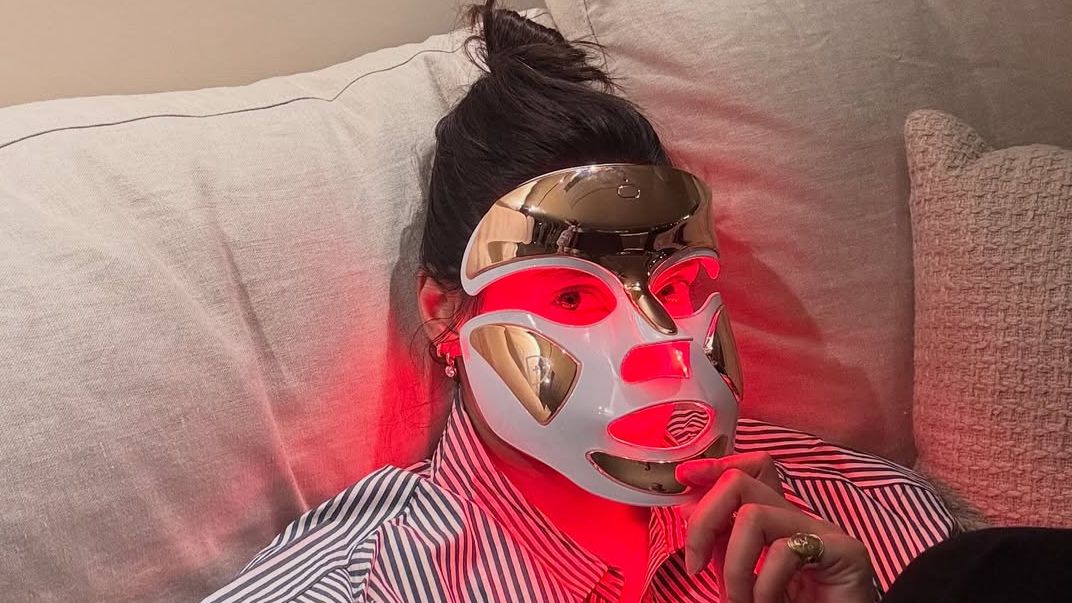The first time you see LED masks in action, it feels like you’ve walked in on a sci-fi ritual. Someone’s face glows red, then blue, then green, as if being abducted by their own skincare routine. The marketing says “non-invasive rejuvenation.” The mirror says “robot at a rave.”
Few skincare gadgets spark as much curiosity as confusion. LED masks sit somewhere between science and theatre.
To find out whether the light is worth the hype, we spoke to Dr Rohan Goyal, co-founder and medical director at Nuvana, and Dr Mikki Singh, founder and medical director at Bodycraft Clinics. Both have seen how these glowing devices have slipped from clinic walls into living rooms, promising radiance that can be recharged.
What the light actually does
“LED light therapy is a non-invasive, safe treatment that enhances skin texture and health without any heat, damage, or recovery,” says Dr Goyal. “It uses a specific wavelength of light to stimulate the skin’s natural recovery and restoration process.”
It’s a therapy built on patience, not punishment. There’s no peeling or stinging, but the conviction that sitting under light can make you new again. But not all devices speak the same language. “While at-home masks offer an easier way to maintain results, they’re lower in intensity compared to in-clinic therapy,” Dr Goyal explains. “Clinical treatments use medical-grade machines with higher power and precise wavelengths, allowing deeper absorption and faster, more effective results. At-home LED masks are great for maintenance and prevention, but in-clinic therapy remains the most premium standard for rejuvenating skin health.”
Why the colours matter
Each colour carries its own function. “Red light boosts collagen and reduces wrinkles, blue light prevents acne-causing bacteria, yellow light relaxes inflammation, green light helps cover pigmentation, and near-infrared light helps in deep tissue repair and healing,” says Dr Goyal. Used together, they help “improve skin tone, texture, and overall radiance.”
It’s easy to see why people are drawn to them. The colours suggest order, each light attached to a purpose. Behind the novelty sits method, with technology rewarding consistency more than curiosity.
How to actually use it
Dr Singh describes the masks as useful but optional. “LED masks are not absolutely essential; they can be used as a final step as part of a larger routine. If you do want to use it, be consistent and use it three to four times weekly to see results.”
She outlines what that consistency might bring. “Results could include reduced acne breakouts, reduced redness, and over time may have better skin elasticity in some cases.” Then she adds, “I personally have not seen any big differences.”
Her answer resets expectations. The benefits are gradual and modest, closer to upkeep than transformation.
Safety and selection
Both experts emphasise that safety depends on habit. “LED masks are normally safe for all skin types as they use non-UV light without causing skin damage or burn,” says Dr Goyal. “Consulting a dermatologist before starting red light therapy is always a good idea, especially for those with sensitive skin.”
Disclaimer : This story is auto aggregated by a computer programme and has not been created or edited by DOWNTHENEWS. Publisher: vogue.in








